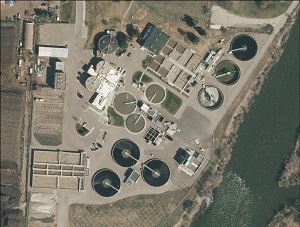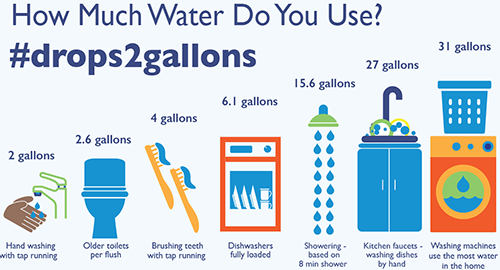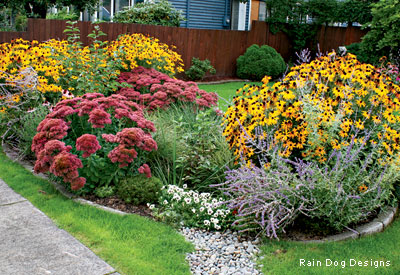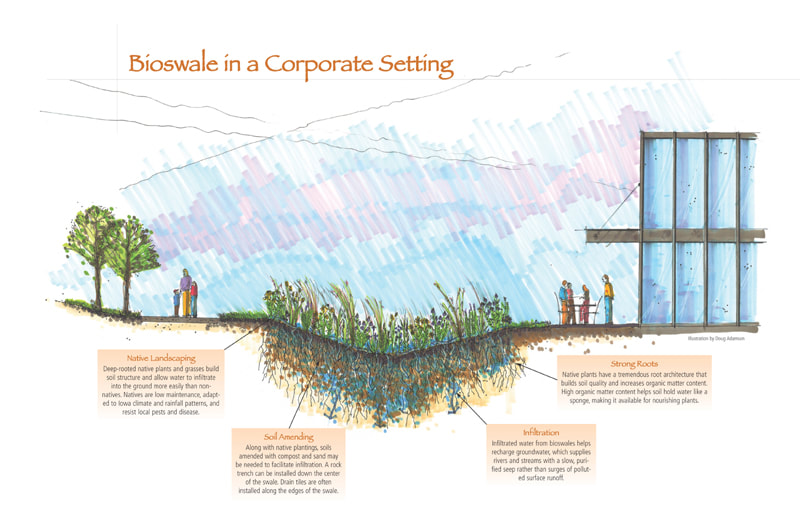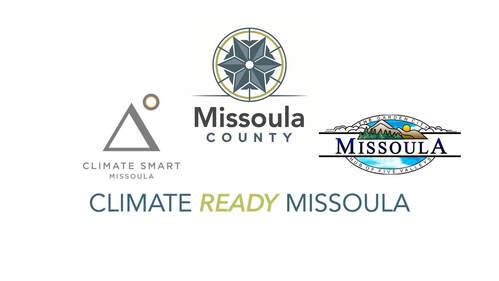Climate change will bring hotter, drier summers, and warmer, wetter winters, both of which can stress our water infrastructure and ecosystems.
What can we do to prepare and build resiliency?
Our community identified several goals and strategies to address Missoula County's water vulnerabilities given climate change. Each goal and their corresponding strategies are presented below, and you can find strategy-specific implementation details by clicking on its "status." Additionally, relevant resources to each goal are included throughout the page.
Conserve water through water conservation plans, practices, regulations and strategic/guided growth.
Strategy |
Status (click for more information on implementation progress) |
Implement Missoula Water's plan to reduce infrastructure water loss (leaks, losses, theft, aging meters). |
|
Take water availability into account in county growth policy and zoning. |
|
Develop educational materials and incentives to increase water use efficiency during drought and flood conditions. |
|
Articulate water use best practices in real time, across user groups (agricultural producers, outfitters), based on drought conditions. |
NOT YET INITIATED. |
Create community-wide water systems (rather than individual wells) in developed or developing areas. |
Enhance water storage opportunities and infrastructure to reduce incidence and impact of flooding and low-streamflow events.
Strategy |
Status |
Expand storage (natural and human created, e.g. reservoirs, wetlands, beavers, and beaver mimicry). |
UNDERWAY - DETAILED PROGRESS REPORT COMING SOON. |
Preserve water quality through improved stormwater management, prioritizing green infrastructure over traditional methods.
Strategy |
Status |
Develop a funding mechanism to support green infrastructure. |
NOT YET INITIATED |
Implement low-impact development standards to encourage fewer impervious surfaces. |
|
Improve and expand stormwater facilities via new land use regulations or other mechanisms. |
Preserve water quality through efficient wastewater treatment, water delivery systems, education and regulation.
Strategy |
Status |
Create community-wide wastewater systems (rather than septic) in developed or developing areas. |
UNDERWAY - DETAILED PROGRESS REPORT COMING SOON. |
Create, fund, and implement a well contamination response plan (identify at-risk wells, potential contaminants, places to restrict new well construction). |
NOT YET INITIATED |
Balance competing water needs in the context of population growth.
Strategy |
Status |
Enhance/incentivize more effective, multi-stakeholder (recreation and agriculture) approach to drought response planning. |
PRE-PLANNING - DETAILED PROGRESS REPORT COMING SOON. |
Advocate for state water policies that provide innovation and flexibility in encouraging water conservation and resiliency. |
UNDERWAY - DETAILED PROGRESS REPORT COMING SOON. |
